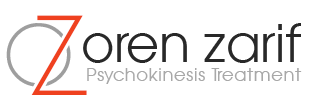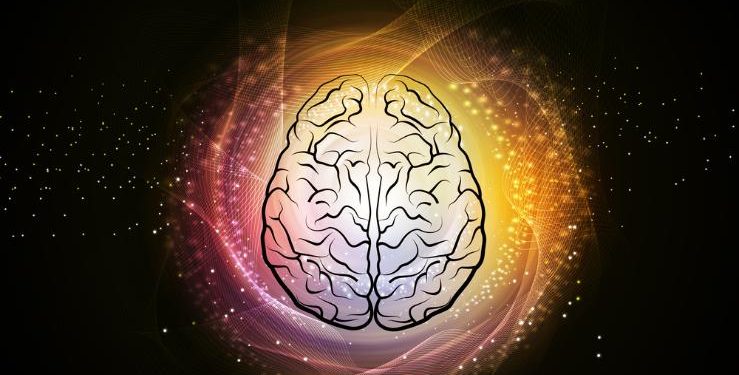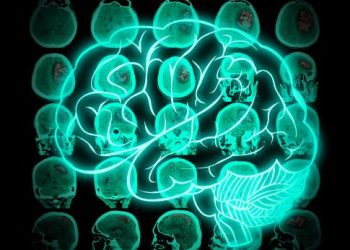Ischemic stroke happens when an artery that supplies blood to your brain is blocked, usually by a clot or fatty buildup (atherosclerosis). It causes cells in the brain to die and can lead to muscle weakness or paralysis on one side of your body.
TIA is often a warning sign that you’re at high risk of having a full-blown stroke soon. It’s important to get medical help right away.
Causes
Ischemic strokes happen when blood flow to the brain is blocked or reduced. The lack of blood flow kills brain cells and can leave you with severe disability. The most common cause is blood clots. These clots often come from the heart or other parts of the body and travel through the bloodstream to the brain.
Some types of clots are more likely to cause ischemic stroke than others. For example, clots that form in the arteries in your neck can be more dangerous than those in other arteries in your body. They’re more likely to block smaller blood vessels in the brain and can be caused by an irregular heartbeat (atrial fibrillation), problems with your heart valve, a hole in the heart wall called a ventricular septal defect, or an infection that makes it hard for your body to control your blood pressure. Other causes include high blood pressure, heart disease, atrial fibrillation, sleep apnea, a heart attack, and certain blood-clotting disorders.
Bleeding in the brain, called hemorrhagic stroke, also can lead to ischemic stroke. This type of stroke is less common, but it’s more serious than a clot-caused stroke. It happens when a blood vessel bursts in the brain, usually in the neck or head. It’s more likely to occur if you’ve had a transient ischemic attack (TIA) or ministroke, which are brief periods of symptoms similar to a stroke.
Symptoms can include weakness or numbness in the face, arm, or leg, typically on one side of the body; trouble understanding speech; and confusion. You may also have seizures, which are sudden attacks of erratic electrical activity in your brain.
People who survive a stroke are at risk for many medical complications, including infections, trouble breathing, sores on the skin, and mental health problems. Depression is common after a stroke and can worsen the effects of a stroke on a person’s ability to move, think, and feel. Other common complications of ischemic stroke include spasticity, which is a condition that causes muscles to tighten and become stiff; and pressure ulcers, which are sores that develop when a person can’t shift their weight or move around enough to avoid putting continuous pressure on the same areas of the body.
Symptoms
Ischemic stroke symptoms happen quickly over hours, so if you see them in someone else or have them yourself, get medical help right away. Call 911 or your local emergency services number and describe the symptoms you have. It’s important to note the time when the symptoms first appeared.
You will have a physical exam and blood tests to check your blood pressure, cholesterol and other health conditions. You may also have a special type of CT scan or an MRI to find the cause of your ischemic stroke. These tests use a contrast dye to highlight the blood vessels in your brain and neck. You will also have an EKG or an electrocardiogram to check your heartbeat and other heart conditions. A heart condition called atrial fibrillation increases your risk of stroke, especially during sleep.
If you have a blood-clot in the brain, you will need surgery to remove it or take medicine that dissolves clots (clot busting medicines). You’ll also receive medications to control your heart rate and blood pressure, as well as therapy to reduce swelling in your brain.
It’s a good idea to try to prevent an ischemic stroke by following healthy lifestyle strategies and treating any health conditions you have that increase your risk. For example, don’t smoke and keep your blood pressure, cholesterol and blood sugar in check. Eat a balanced diet and exercise regularly. It’s also a good idea to have regular screenings for heart disease and other health conditions, like diabetes and high blood pressure.
A clot that occurs in the large arteries of your upper chest or neck is a common cause of ischemic stroke. This clot, or thromboembolism, can break loose and travel to the small arteries in your brain. This causes a clot in a part of your brain that controls movement, thinking and emotions. It is also a common cause of a type of stroke that affects the base of your skull and some of the major arteries in your neck, called a lacunar infarct. This type of stroke is more common in women than men, and it’s more likely to happen during pregnancy or within the weeks after birth.
Diagnosis
To diagnose an ischemic stroke, doctors must know how long blood flow has been blocked. This is important because some treatments are only effective within the first few hours after symptoms start. To find out how long it has been, your doctor may check your blood pressure and listen to your heart. He or she will also order imaging tests of your brain, typically a computed tomography (CT) scan or magnetic resonance imaging (MRI). These can show whether the blood supply to your brain is working well. You may also have other tests, such as an electrocardiogram (ECG), a blood urea nitrogen test, a creatinine test, and coagulation factors.
Imaging tests can help your doctor identify the type of clot that caused your stroke. He or she will look for a clot in arteries that provide blood to your brain. He or she will also examine your skull and spine to see if you have any signs of hemorrhage in the brain. If you’re a young person, your doctor may ask about the use of recreational drugs or recent trauma. These can increase your risk of having a hemorrhagic stroke.
If you think you or someone else is having a stroke, call 911. Every minute that passes without treatment can cause more damage. You and your caregiver should watch for the following signs:
Face – Does one side of the face droop? Arms – Can you lift your arms? Speech – Is the person’s speech slurred or strange? Time – The longer blood flow is interrupted, the more severe the damage.
Your doctor will also ask about your past health and family history. He or she will check for things that can increase your chances of having a stroke, such as high blood pressure, high cholesterol, smoking, and diabetes. You may also be asked about any medications you take, especially blood thinners. If you have one of these risk factors, your doctor can help you reduce or manage them to lower your chances of having a stroke. For example, you might be able to lower your blood pressure or quit smoking.
Treatment
The most common cause of ischemic stroke is a blood clot that blocks blood flow in the brain. Treatment for this type of stroke focuses on breaking up or dissolving the clot and restoring blood flow. This may help prevent long-term disability and death from stroke. Treatment is most effective if started within four and a half hours of when symptoms first appear.
Blood clot-busting medication called alteplase (also known as TPA or tPA) is usually given through a vein. It is a powerful drug that works to quickly dissolve blood clots in the brain. However, it must be given very soon after stroke symptoms begin and is only suitable for around 12% of people who have had an ischemic stroke. It must also be given in a hospital with a comprehensive stroke service that can provide emergency services, rapid consultation with a neurologist and intensive care services.
Another treatment option is a procedure called intra-arterial thrombolysis. This involves a healthcare provider threading a thin tube, called a catheter, into a blood vessel in your body and then guiding it to the clot in the brain. Once there, the catheter can be used to break up or suck up the clot and improve blood flow. This can also reduce the amount of brain damage from a stroke and help recovery. It can be used for a small number of patients with ischemic stroke who have been unable to receive thrombolytic therapy.
Some people have a higher risk of a future stroke because of certain medical conditions or lifestyle factors. For example, a heart condition called atrial fibrillation increases the risk of blood clots in the brain.
Most people who have had an ischemic stroke take blood-thinning medication to prevent further clots from forming in their brain or other blood vessels. These medications can include aspirin, clopidogrel and heparins. They are prescribed more often for people who have had heart conditions such as atrial fibrillation or a history of clot-forming diseases like diabetes and high cholesterol. In the future, people with these risk factors should continue to be careful about lifestyle factors and get regular checkups.









